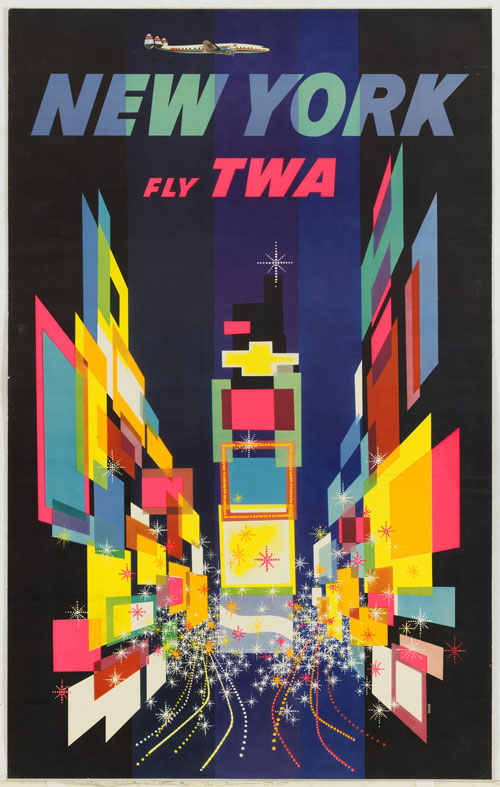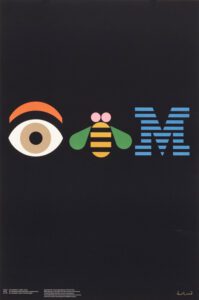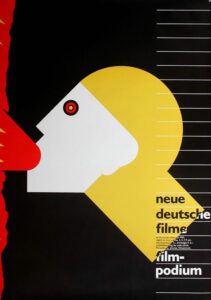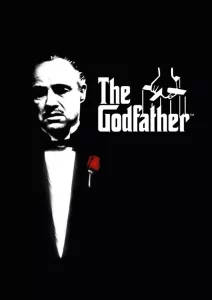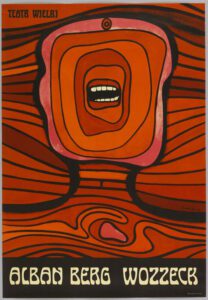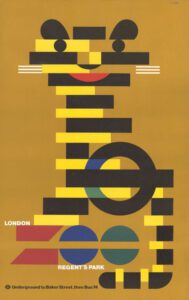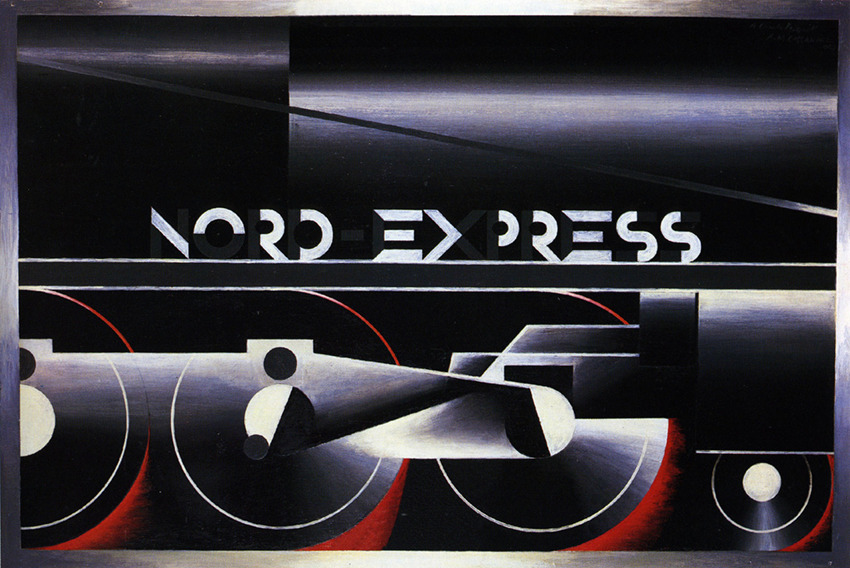
Vintage Travel Posters - Trains, planes, and automobiles
With the introduction of new forms of technology and faster modes of transport, the 20th Century presented new opportunities for the general public to travel – both for business and pleasure.
Trains, planes, and automobiles all become more affordable – and therefore more popular – in these years, and recreational holidaying became a new opportunity for the public.
But this opportunity came with challenges for tourism boards, travel companies, and local and national governments. How do you convince people that your country or region is more worth visiting than another, similarly accessible, country or region?
For many organisations, the answer was simple: eye-catching posters.
The early 20th Century saw the creation of some brilliant vintage travel posters, with artists being called in to work their magic on capturing the essence of a tourist hotspot.
Some of the most memorable travel posters have even been turned into vintage prints which are still iconic today, and which you might see displayed everywhere from museums to social venues.
Here’s a look at some of the best vintage travel posters of the 20th Century:
Frankfurt Internationale Einfuhr-Messe - Ludwig Hohlwein (1919)
After the horrors of the First World War, Germany rapidly tried to reinvent itself and redefine its image internationally. Ludwig Hohlwein’s poster, used to promote the first International Import Fair since the War, was one of many that tried to present the dazzling, reimagined face of the country.
Hohlwein was a pioneer of the Sachplakat style of design, which favoured minimal, simplified shapes, bold colours, and striking lettering. Here, we see a train towering over the ground as it crosses a bridge, dropping flyers which – as the eye follows them down – appear to be national flags of countries participating in the Fair.
With its modern design, its brilliant use of colours, and the fact that it’s geared towards an international audience, it found itself becoming one of the most iconic vintage travel posters.
The Mexican city of Oaxaca went through major infrastructure regeneration projects in the 1940s and 1950s, with local government trying to reshape the city. Miguel Covarrubias’ travel poster is a beautiful insight into how the city wanted to be seen by visitors.
Note the bright colours, the unique facial expressions, the incredibly elaborate dresswear, and the way the shapes hint at unusual dance moves. Everything is designed to create a sense of wonder and otherness in the viewer, as well as a sense that every part of this scene (and therefore, every part of the city) is alive.
For travellers looking for somewhere that was exotic, this would’ve made an enticing prospect.
